Fisker introduces Alaska pickup truck, Ocean with Force E off-road package; 11 Ocean deliveries in Q2
Green Car Congress
AUGUST 6, 2023
Fisker recently presented four future electric vehicles, as well as technology and sustainability visions, to an audience of investors, analysts, employees, and the media at an event in Huntington Beach, California. A triple-motor all-wheel drive powertrain is projected to deliver 1,000-plus horsepower and 0-60 mph in approximately 2.0

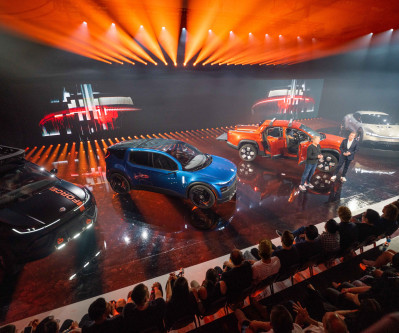

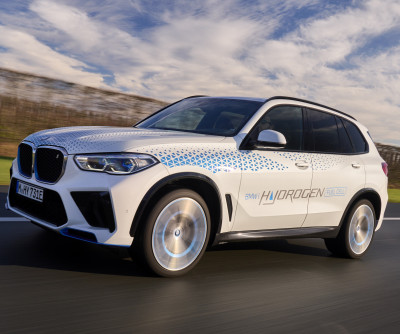






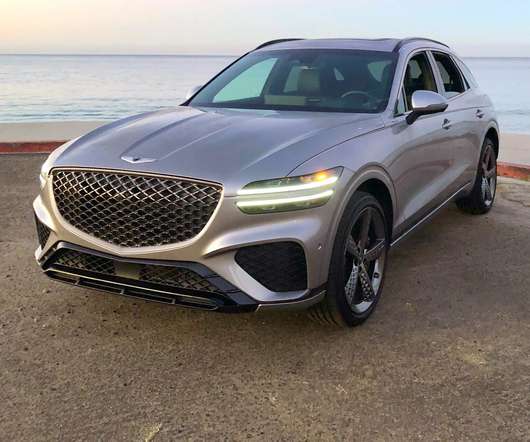

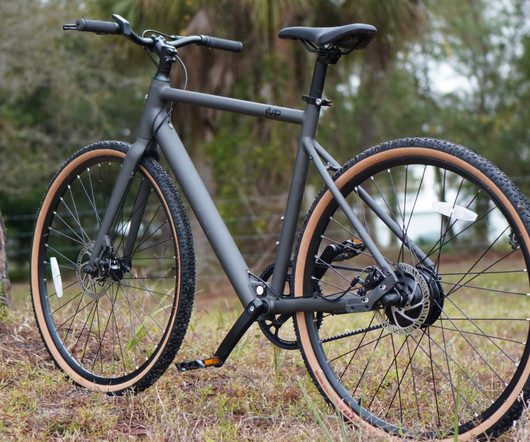


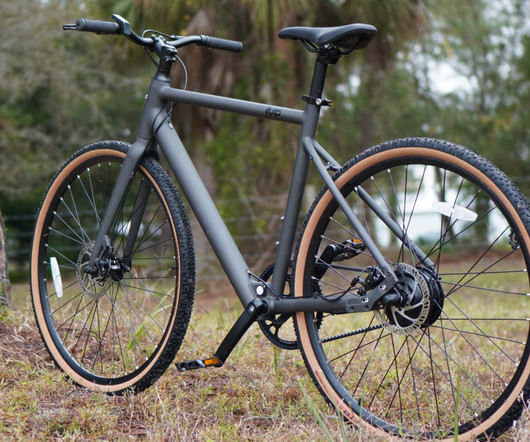














Let's personalize your content